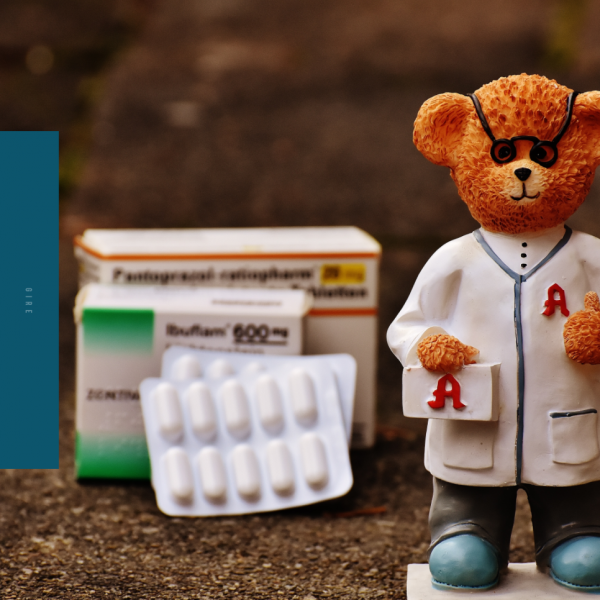| 3 Steps to Become a Pharmacist | Pharmacy School Admission Guide | |||||
|---|---|---|---|---|---|
|
What is PharmD? Many countries worldwide offer the PharmD (Doctor of Pharmacy) program for the study of pharmacy. The PharmD program typically consists of a minimum of 2 years of undergraduate pre-professional coursework followed by 4 years of professional pharmacy education and training. In other words, PharmD is a professional degree that prepares individuals for careers across various sectors of pharmacy, including research, education, clinical practice, industry, manufacturing, and regulatory affairs. 1. Applying to PharmD Programs To apply to PharmD programs in the US, all applicants must use the Pharmacy College Application Service (PharmCAS). PharmCAS allows applicants to search for programs based on criteria such as program deadlines and location. PharmCAS also requires applicants to register, provide details of their undergraduate education, including transcripts, and complete the application and personal statement requirements. Additionally, some schools may require results from the Pharmacy College Admission Test (PCAT), Advanced Placement (AP), International Baccalaureate (IB) exams, or other evaluations. 2. Residency Program Residency programs typically last 1-2 years and are usually pursued during the final year of PharmD education. The American Society of Health-System Pharmacists (ASHP) is a certifying body for residency programs, managing the Pharmacy Online Residency Centralized Application Service for residents. 3. NAPLEX Examination
The North American Pharmacist Licensure Examination (NAPLEX) is a component of the licensure process required for practicing as a pharmacist in the US. Only individuals with a PharmD degree are eligible to take the NAPLEX. Overseas Graduates Pursuing Pharmacy Careers in the US Graduates of foreign PharmD programs who wish to practice pharmacy in the US must also pass the Foreign Pharmacy Graduate Examination Committee (FPGEC) certification and obtain licensure. The FPGEC certification verifies that foreign-educated pharmacists have received education equivalent to that of U.S. students. |
 Click here to book
Click here to book
an information session!
(online & live)
Blog
HOME
Blog


 이전글
이전글
